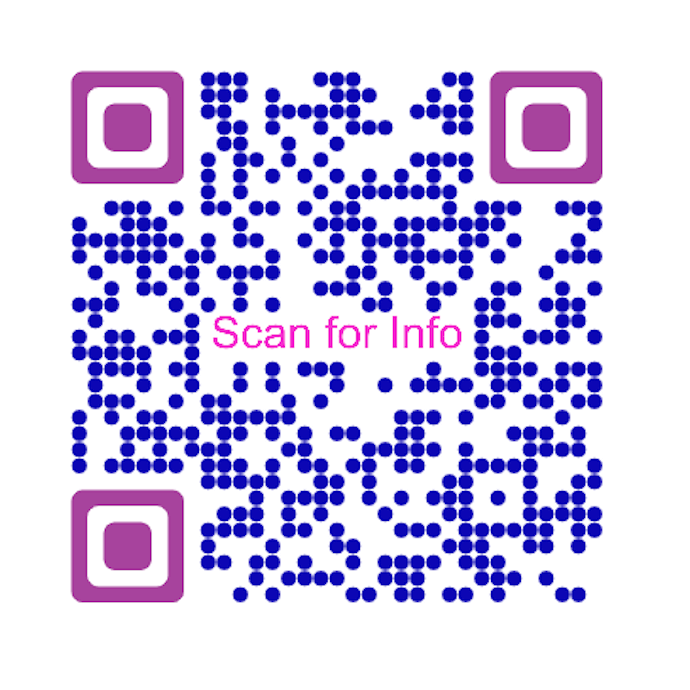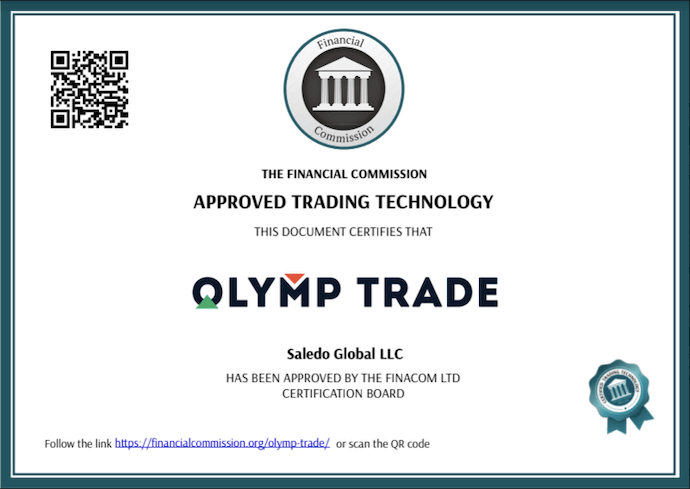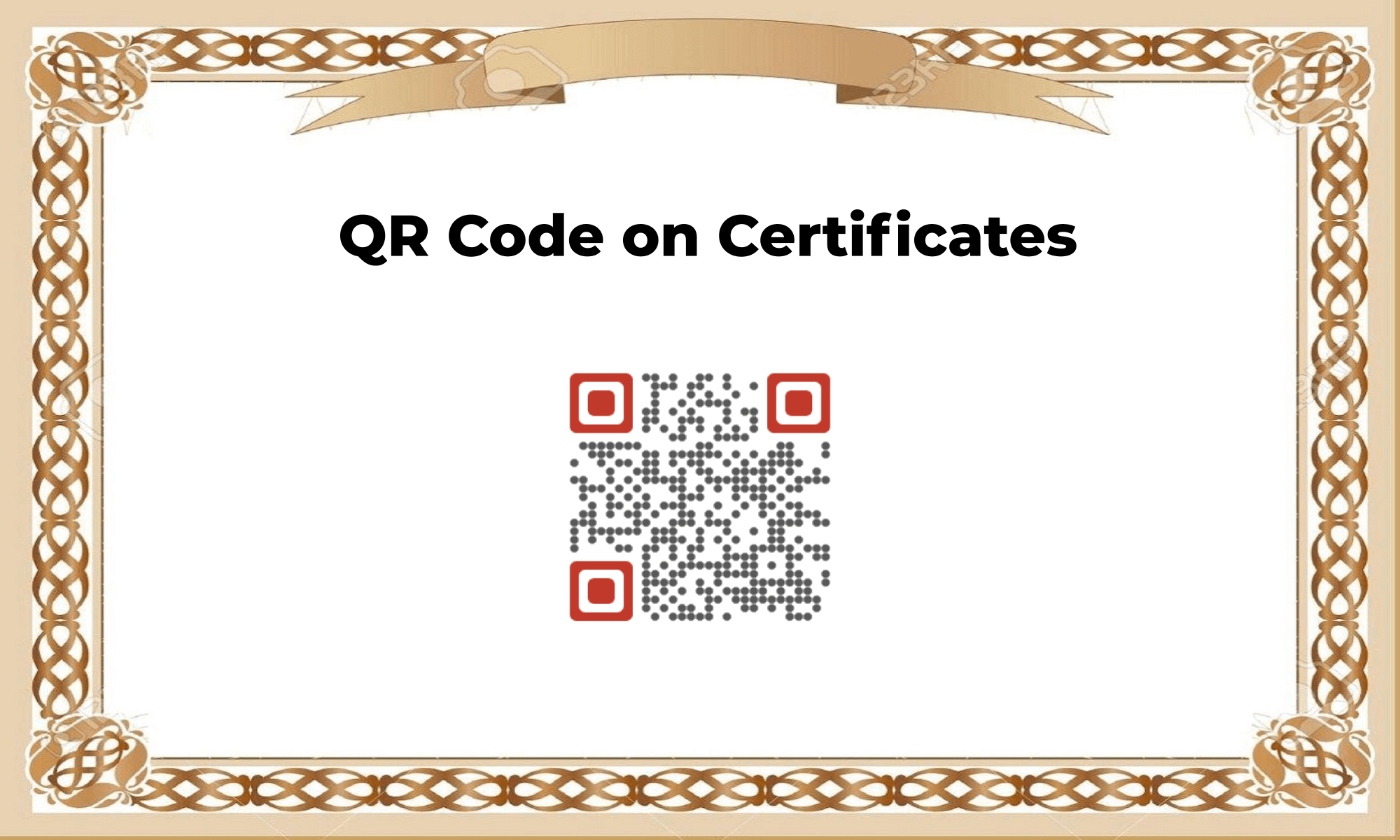Different departments and authorities issue certificates for various purposes. This can be for academic, license, or maintenance purposes.
In most cases, a software system generates the digital copy of the certificate. This is then handed over to the holder either in physical or digital format.
But here is a problem. Today, there are a lot of tools, which can create fake documents. And the worst part is that it is difficult to manually verify the authenticity.
Hence, anyone with basic designing knowledge can create fake or tampered documents. So, it becomes the need of the hour to tackle the issue of counterfeit certificates.
One of the solutions is to create QR Code-based certificates. QR Code technology is already becoming increasingly popular. Thanks to fast internet speed, smartphone penetration, and a contactless exposure delivery.
In this article, we will show you how QR Codes can help identifying fake certificates.
Keep reading.
A. QR Codes: A brief

QR Codes are 2D barcodes. You can scan them via a smartphone or a dedicated app. Hence, you do not need any equipment cost such as a handheld scanner to access the linked content.
Plus, QR Codes can link unlimited content. You can link a website URL, text, PDF, and other content to a QR Code.
Another advantage of using QR Codes is that you can track their scanning activity. You can even get the exact GPS location from where the QR Code was scanned.
This is possible by creating a Dynamic QR Code. These are advanced QR Codes. You can edit content in this type of QR Code anytime you want.
Now, let’s see how QR Codes can help tackle counterfeit certificates.
B. Why QR Codes

With QR Codes, you can identify whether the certificate is fake or not. Here is how it works:
You can create a QR Code and link it to certificate information. This includes details such as name, certificate number, license details, amongst others.
All this information is saved in a database and publicly/privately available via a URL.
Upon scanning the QR Code printed on the certificate, the end user is redirected to the website URL.
Anyone who wishes to check authenticity can scan the QR Code and view details on the official database (and match these details with the printed details on the certificate).
Since, the document verifies the certificate details through the official database, it cannot be tampered with.
The best part is that QR Codes on certificates is not a new concept. In the next section, we will elaborate on a few examples.
C. Some examples
Here are some of the examples of QR Code-based certificates:
Singapore Food Agency uses a QR Code on the licence certificate. This is issued to restaurants. When scanned, the QR Code redirects to the SFA website with licence details.
Similarly education startup, TutorCity, India, uses QR Codes on its Certificates of Achievements.
These certificates are dynamically generated by the system containing their scores and details. These are QR Code-based certificates. The awardees can print and present them to their teachers or interviewers.
The interviewers can easily scan the QR Code. And find out if the certificate is genuine and verify their scores. They can even see their answers for various questions.
Here is another example. Liberian Registry, Virginia, United States uses QR Codes on the electronic certificates it issues. QR Codes are used to enhance verification processes.
The QR Code and the Registry’s tracking identification (TID) number will also be clickable if viewed on a computer and the end user is then directed to the verification page.
“As technology evolves, so does the need to ensure that security and verification features are robust enough to meet cyber challenges. Hence, we introduced QR Codes on electronic certificates”
—Scott Bergeron, CEO of the Liberian International Ship & Corporate Registry
Furthermore, The Bureau Of Cannabis Control, California, issues a QR Code-based certificate to all cannabis businesses. This certificate needs to be posted in the storefront windows. They also need to carry a physical copy while transporting or delivering cannabis.

Source: Cannabis real Estate
Upon scanning the QR Code, end users can access licensing information.
Hence, top level companies already use QR Codes to issue certificates. In the next section, let’s see how you can create QR Codes and print it on certificates.
D. How to create QR Codes on certificate
To create a QR Code, you need a best QR Code generator tool. Here are three ways you can create a QR Code, given your use case.
1. Create QR Code one-by-one
If the number of QR Codes you want to print on the certificate is low, then you can create QR Codes manually.
And for this, you need a professional QR Code generator tool such as Scanova. Here, you can sign up for a 14-day free trial. And then choose the category of Website URL QR Code to create QR Codes one-by-one. Furthermore, after generating the QR code for the certificate, consider utilizing a graphic design tool such as PhotoADKing to customize your certificate and select from a variety of certificate templates.
Here is a step-by-step guide of how to create a Website URL QR Code.
2. Create QR Codes in bulk
Say your use case requires you to print QR Codes in bulk. For this, you need a bulk QR Code generator tool such as QR Batch.
With this tool, you can create QR Codes in a matter of a few minutes. You do not need to take any subscription plan and just pay as you create.
3. Create through an API
If you wish to integrate your registration system with QR Code generation system, then use an API tool such as Scanova API.
Here, you can integrate Scanova’s Static QR Code Generation API with your own information system or mobile app and generate a QR Code anytime.
This way you can generate QR Codes programmatically. You just need to send a trigger request with data (QR Code design, size, format and the data to be saved in it) to Scanova’s API. The API will then respond with the QR Code image.
Hence, you just read a detailed guide on QR Codes on certificates. Create QR Code-based certificates now and verify their genuinity.
